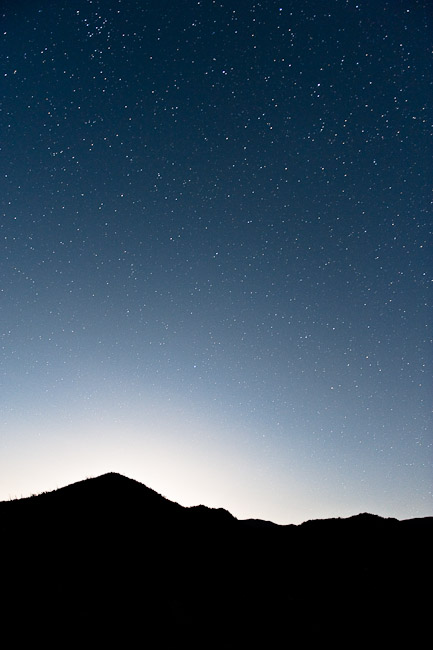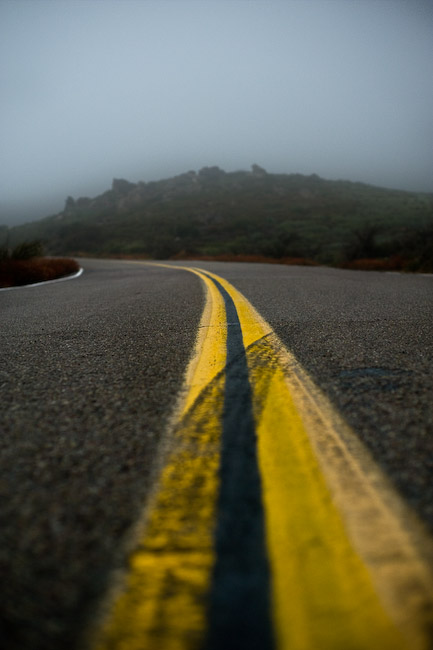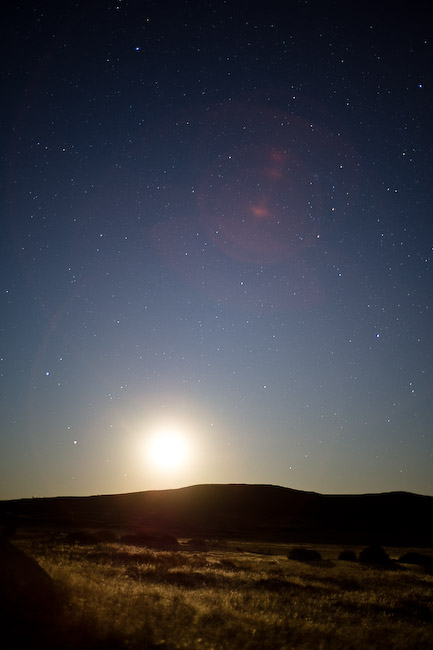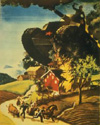|
   
|
|
|
|

|
| # ¿ May 6, 2024 03:02 |
|
Private Label posted:I love this. I've always wanted to learn how to do these types of shots; I read in another thread about either putting exposures together (I have only 30 sec exposure max) or taking a bulb shot. How do you go about doing it? Whenever I do night shots, I tend to have it get way too bright because of other light pollution... how do you get around that? Sorry I missed this. Captain Chestbeard covered it pretty well but yes I used bulb mode along with a cable release to lock the shutter open. In my case I avoided most of the light pollution by driving away from the city, I was in the mountains about an hour east of the city. Single exposure taken at f/4 for 1833 seconds.
|
|
|
|
Perseids meteor shower is tomorrow night. Anyone going to take some photos? Moon rises around midnightquote:Perseid meteors will appear to "rain" into the atmosphere from the constellation Perseus, which rises in the northeast around 11 p.m. in mid-August. http://stardate.org/nightsky/meteors/
|
|
|
|
I could use some help. I've been sitting on some photos I took during the Perseid meteor shower last month because of a huge hot pixel problem. I was in the desert (90 degrees at 11 PM) taking 30 minute, 15 minute, 10 minute exposures back to back with out NR on and I'm left with 3 or 4 photos that look like this when I zoom in... What's the most effective way to remove all of the hot pixels with out doing it by hand? Here's the original for comparison sake
|
|
|
|
octane2 posted:It's probably a bit late now, but, you may be able to take a bunch of dark frames in the approximate temperature as the original shooting conditions. Thanks info and the link octane. I'm going to give this a try. Worst case scenario I'll just do it by hand when I have the time.
|
|
|




